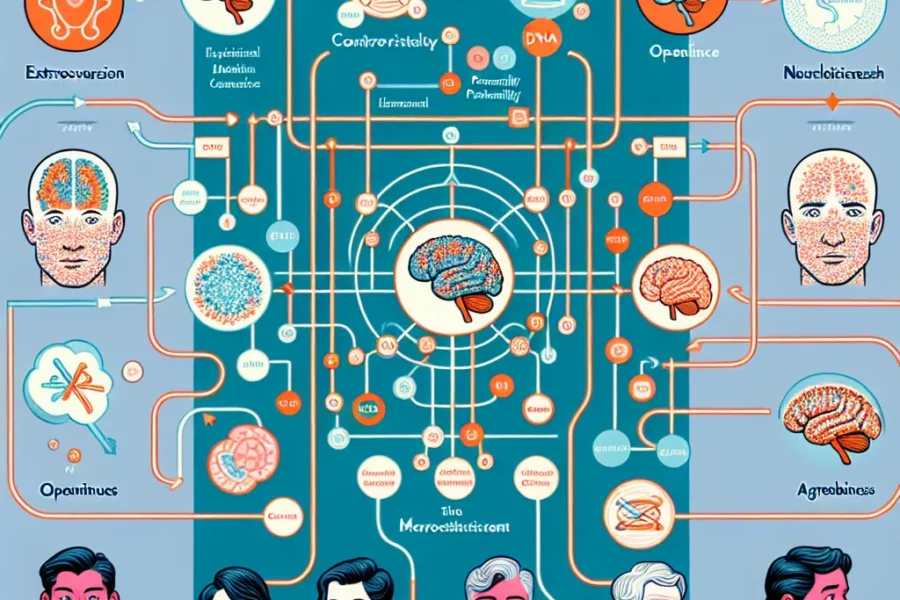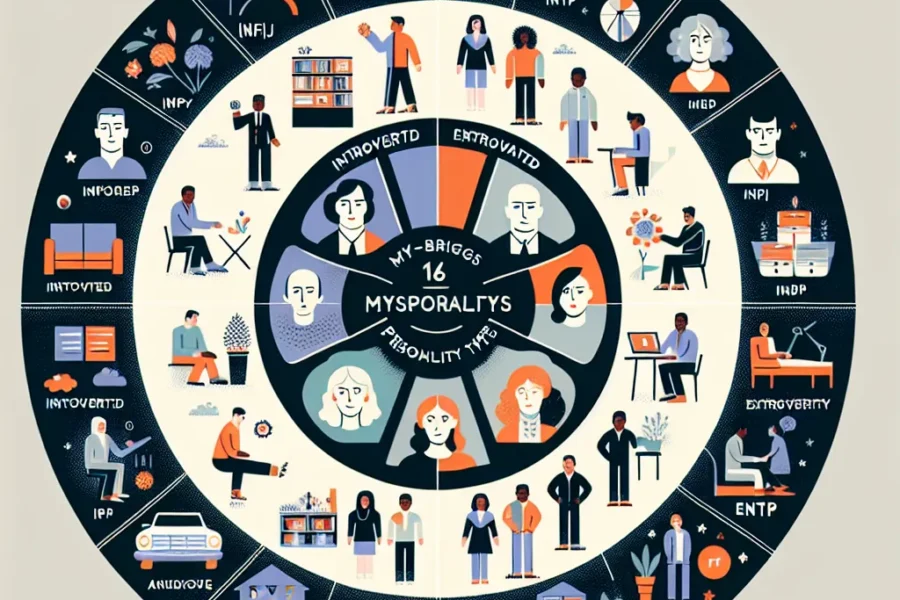Analyzing Freud’s Most Famous Case Studies
Sigmund Freud, the father of psychoanalysis, significantly influenced the way we understand the human psyche. His revolutionary theories on the unconscious mind, defense mechanisms, and the interpretation of dreams formed the cornerstone of psychoanalytic thought, which has pervaded numerous aspects of modern-day psychology and beyond. Freud’s most famous case studies, such as those of Anna O., Dora, the Rat Man, the Wolf Man, and Little Hans, represent a fascinating and invaluable look into the early workings of psychoanalysis and provide profound insights into the nature of human psychological development and neurosis. This article delves into these landmark case studies, unraveling their contribution to psychological science and their enduring impact on therapeutic processes.
The Case of Anna O.
Anna O. (a pseudonym for Bertha Pappenheim) is considered the first psychoanalytic patient, and her case is one of Freud’s most celebrated. Under the care of Freud’s mentor, Josef Breuer, Anna O. was treated for what was then known as hysteria. She exhibited various symptoms, such as paralysis, disturbances of vision, and difficulties in speech. Breuer employed a method he called “talking cure,” which allowed Anna to discuss her thoughts and feelings surrounding her symptoms. This case introduced the notion of catharsis, which is the emotional release resulting from the verbal expression of deep-seated traumatic experiences.
The case of Anna O. exemplifies the psychoanalytic concept of free association, where patients are encouraged to vocalize their stream of consciousness without censorship. This process aimed to uncover repressed memories and emotions believed to be the root causes of psychopathological conditions. Freud later built upon these ideas, seeing them as pivotal mechanisms for overcoming repression and providing therapeutic relief.
The Case of Dora
The case of Dora, whose real name was Ida Bauer, is a hallmark example of Freud’s work with hysteria and his development of dream analysis. Dora’s symptoms included aphonia (loss of voice), nervous coughs, and migraines. Freud’s interpretation of Dora’s dreams and his analysis of her familial relationships showcased his focus on sexual conflicts and the Oedipus complex, which he believed were central to neuroses.
Freud’s analysis of Dora’s case also illustrates the concept of transference, wherein patients unconsciously transfer feelings about significant figures in their lives onto the therapist. Despite the case ending in an abrupt termination of treatment by Dora, the insights gleaned from her sessions have been instrumental in the understanding of transference and its role in therapeutic settings.
The Case of the Rat Man
The Rat Man, named so due to the nature of his obsessive thoughts, was the pseudonym for Ernst Lanzer. He suffered from what would now be diagnosed as obsessive-compulsive disorder (OCD). Freud’s exploration of the Rat Man’s fears, phobias, and obsessive thoughts provided a window into obsessional neurosis and its underlying mechanisms, including intrusive thoughts and compulsive behaviors.
Through the analysis of the Rat Man’s dreams and his experiences, Freud established the importance of unconscious thoughts and the impact of early childhood experiences on adult psychopathology. This case highlighted the significance of the death drive—a controversial concept Freud developed later to explain human’s unconscious desire for self-destruction and the link between aggressive and libidinal drives.
The Case of the Wolf Man
Arguably one of Freud’s most complex and controversial cases, the Wolf Man stemmed from his sessions with Sergei Pankejeff, who suffered from a variety of symptoms including an obsessive fear of wolves. Freud’s examination led to the unpacking of a childhood dream about white wolves, which was seen as pivotal in the development of Pankejeff’s condition.
Freud’s analysis of this case demonstrated the perceived influence of infantile sexuality and the primal scene—witnessing parental intercourse—on the development of neuroses. It underscored Freud’s commitment to the notion that dreams are the “royal road to the unconscious,” revealing much about the internal conflicts and desires of the dreamer.
The Case of Little Hans
Little Hans, whose real name was Herbert Graf, was presented to Freud by his father, who was concerned about his son’s phobia of horses. This case is significant because it was Freud’s first foray into the psychoanalytic study of children and their psychological development. Little Hans’ fear of horses was interpreted as a displaced fear of his father—a reflection of the Oedipus complex and castration anxiety in a young boy’s life.
Freud’s analysis of Little Hans laid the groundwork for future psychoanalytic exploration of child development, and it introduced the concept of the phallic stage in his theory of psychosexual development. Little Hans’ case is often cited to illustrate the mechanisms by which anxiety and phobias are formed in the unconscious mind of a child.
Conclusion
Freud’s most famous case studies not only played a critical role in shaping the theory and practice of psychoanalysis but also remain influential in modern psychological treatment and interpretation. Despite criticisms and the evolvement of myriad psychotherapeutic approaches, these case studies endure as key educational material for students and practitioners of psychology and psychotherapy.
In analyzing Freud’s case studies, we are reminded of the complexity of human psychology and the pioneering spirit of one of its most prominent figures. Freud’s works have left an indelible mark on the map of mental health, driving home the importance of understanding the unconscious factors that underpin human behavior, thought, and emotion. While some of Freud’s theories have been challenged or refuted over time, the essence of his psychoanalytic method—unpacking the hidden layers of the mind—remains a constant beacon in the ever-evolving field of psychology.
As we continue to explore the depths of the human psyche, Freud’s case studies serve as a testament to the enduring quest for knowledge about the intricate tapestry of the mind. With every new case and every unique individual, the legacy of Freud’s work continues to impact the understanding and interpretation of human behavior, affirming the profound importance of psychoanalytic thought in the quest to illuminate the mysteries of the human condition.



Leave a Comment